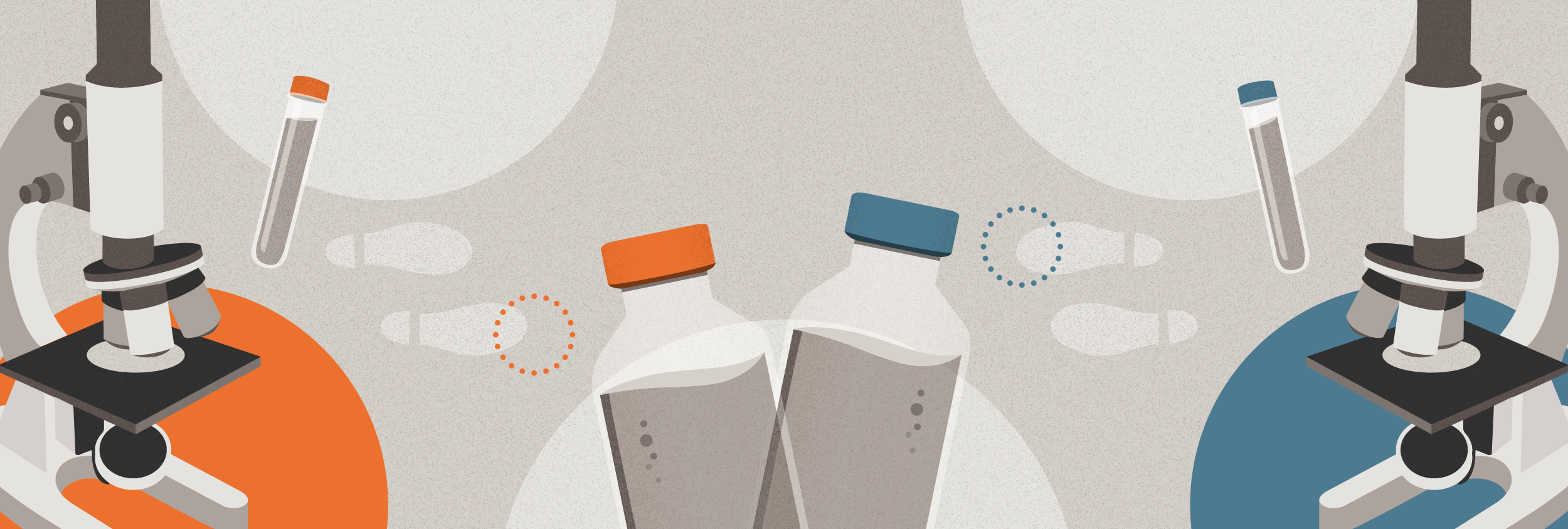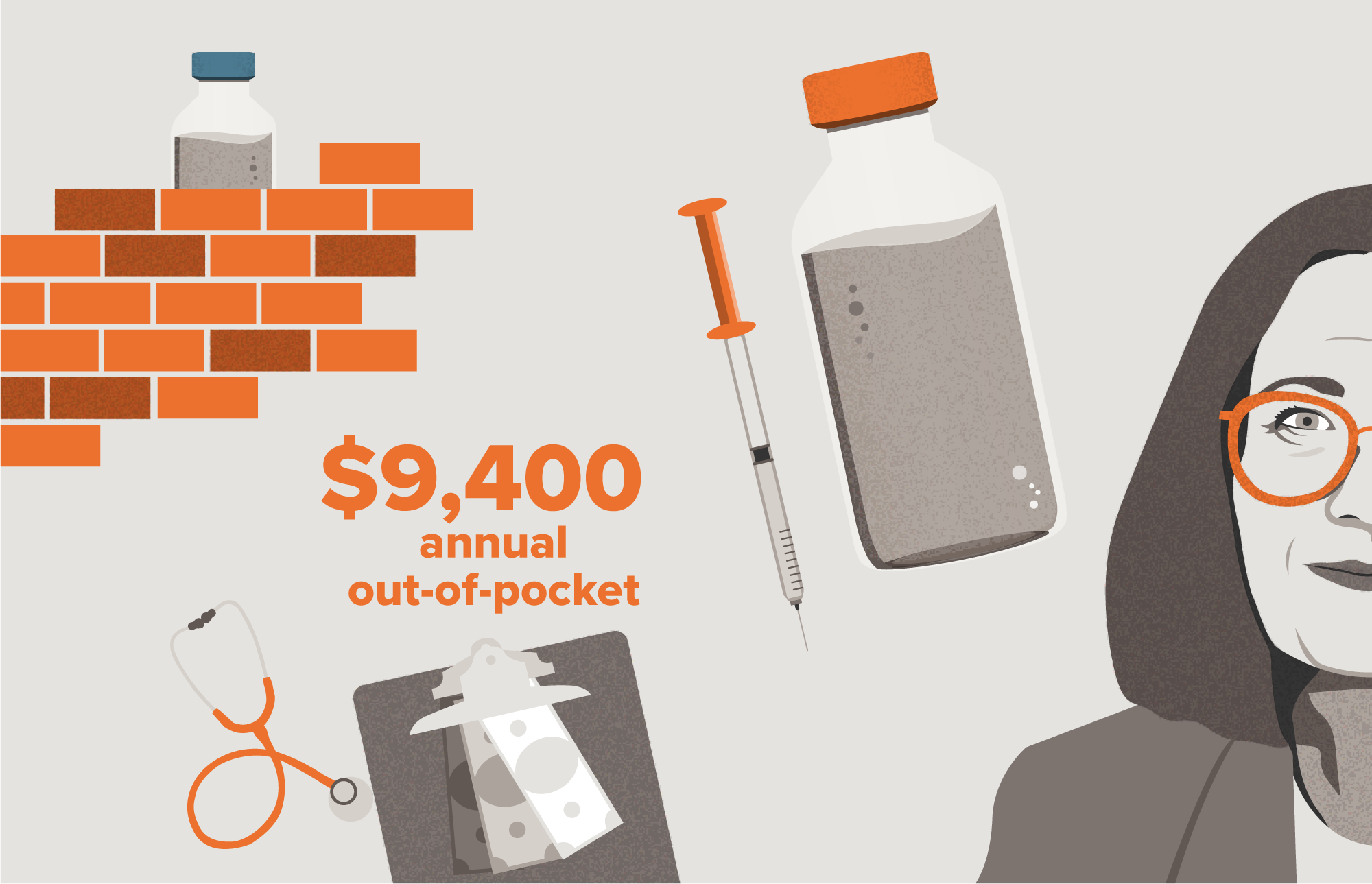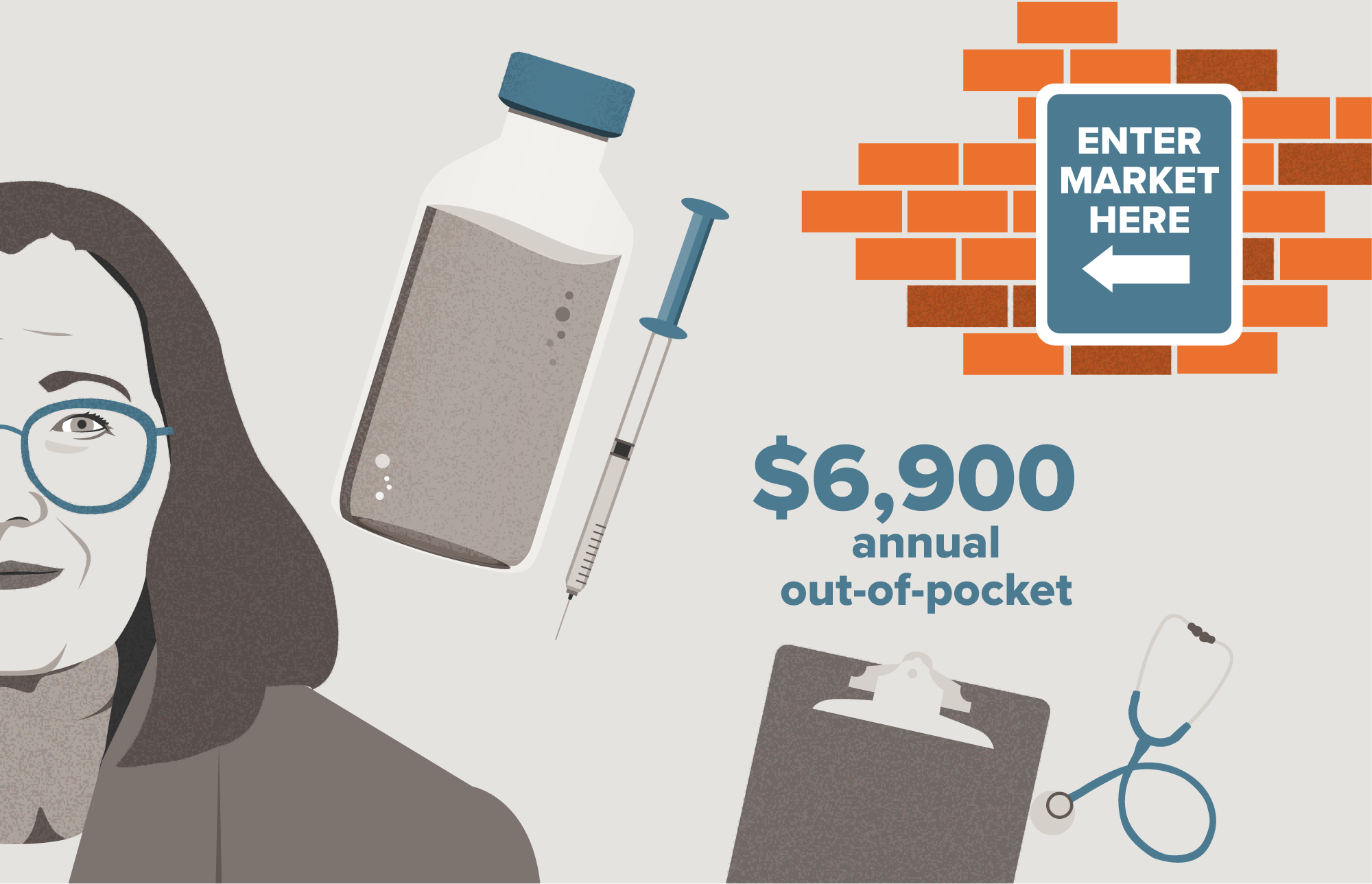Playbook
Biologics are class of medications that represents the fastest-growing segment of the U.S. pharmaceutical market. Biosimilars, often thought of as “generic biologics,” offer great promise in increasing competition and lowering the price of biologics. However that promise has yet to be fully realized.
A look at the introduction of biosimilars for infliximab shows why price is not the ultimate arbiter of access, even as the government has pushed to incentivize the use of biosimilars. This playbook looks at the introduction of biosimilars for infliximab (brand name: Remicade) to show why price is not the ultimate arbiter of access.
Doing the "Patent Dance"
Unlike patent provisions for small molecule drugs, the patents protecting biologic innovation are not required to be made public. As a result, biosimilar manufacturers either must re-create the reference (originator) biologic on their own or rely on the private exchange of patent information between the reference and biosimilar manufacturers.This puts the originator manufacturer in a position to send multiple requests back and forth between the two companies, creating opportunities for delays. This practice is known as the patent dance.
Follow the back-and-forth between originator and biosimilar manufacturer and see the steps add up:
From Production to Patient
From the development of new treatments to the marketing of products to physicians, manufacturers of biologics use legal means to protect sales of reference biologics from biosimilar competitors. While Janssen, the manufacturer of Remicade, strives to fend off challengers, the government seeks ways to encourage the use of biosimilars.
Learn about the key factors that influence a drug's price.
Patenting
‘Patent Thicketing’ Extends Protections for Biologics
Manufacturers of biologics approved by the FDA receive a 12-year exclusivity period, seven years longer than the patent exclusivity period granted to small molecule drugs. Biosimilars can begin the process of seeking approval to join the market as soon as four years after the approval of the original drug, so they can be ready when the 12-year window closes. However, some manufacturers effectively extend their original patent protection by filing multiple patents based on minor variations on the primary patent. [6]This is known as patent thicketing, and is common practice among manufacturers. On average, each of the top ten selling drugs in the U.S. are protected by more than seven patents each,[7] underscoring the legal and logistical challenges to biosimilars.
Patenting
The Patent Dance Invites Purposeful Delays
Unlike patent provisions for other drugs, patents protecting biologic innovations are not required to be made public. Instead, biosimilar manufacturers must either re-create the reference biologic on their own or rely on the private exchange of patent information. They must also disclose their application details to the originating manufacturer in order to resolve possible patent violations. This process, known as the patent dance, can become a delay tactic for manufacturers of reference biologics. [8 9 10] To discourage purposeful delays, Congress recently passed a law — the Purple Book Continuity Act of 2019 — requiring the public listing of some, but not all, biologic patents. However, the Act stops short of full disclosure and adds yet another layer of complexity that may ultimately be used to further delay biosimilar entry. [11]
Market Share
Biologics are Often More Expensive, Yet More Widely Used
When biosimilars come on the market, they tend to bring down the price of treatment. Since the introduction of biosimilars, the cost of Remicade has come down. But Remicade still remains both more expensive than biosimilars and more widely used: [12]a 2023 report shows that biosimilars account for less than half (44%) of total infliximab volume. [13]
Discounts
Discounts Give Biologics Another Edge
Discounts negotiated throughout the supply chain, including those by the patient’s insurance company and associated Pharmacy Benefit Manager (PBM), along with other contracting strategies to preserve market share, are commonplace. These discounts, however, are not always passed on to the patient and the impact of these negotiations is the subject of scrutiny across the industry and from the federal government.
Market Share
Adding Market Share with an Unbranded Version
In 2021, Janssen made available an unbranded infliximab, which is considered the same product as the brand name Remicade, just at a lower price. [14] While it’s difficult to know Janssen's motivation for creating this unbranded product, other companies have deployed such tactics to maintain market share with a lower priced medication.
Regulation
Medicare Boosted Physician Reimbursements to Encourage use of Biosimilars
Physicians treating Medicare patients have traditionally been reimbursed at a rate of the average sales price [15] plus 6% for a biologic or biosimilar. To encourage doctors to prescribe the biosimilar, the government in 2019 made a change so that biosimilars were reimbursed on the basis of the higher average sales price of the biologic. [16] The Inflation Reduction Act created a further incentive by authorizing a five-year reimbursement increase of the average sales price plus 8% for biosimilars. [17] The Center for Medicare and Medicaid Innovation is also considering the development of a focused payment model to further encourage biosimilar use. [18]
Distribution
Exclusive Contracts Give Biologics an Edge
One reason the biosimilar market share for infliximab isn’t higher could be Janssen’s contracting strategies. A 2017 Pfizer lawsuit accused Janssen’s parent company, Johnson & Johnson, of suppressing competition by implementing exclusionary contracts with health insurers and provider organizations. [19] The two companies settled their lawsuit in 2021[20] but the FTC is further investigating Johnson & Johnson to determine if the company violated antitrust laws when it set up a variety of exclusionary contracts, including those with hospitals that bundled much of Johnson & Johnson’s drugs and devices to potentially protect Remicade market share. [21]
Distribution
Rebates Add Another Boost to Biologics
Another contracting strategy includes securing preferred "tier 1" formulary placement, meaning the treatment of Remicade is the first choice[22] and often does not require prior authorization, an onerous step in a patient receiving the medication prescribed by their doctor. The manufacturer secures this placement in exchange for offering meaningful rebates, either on the selected product or others in their portfolio. Rebates are off-invoice amounts paid by manufacturers to PBMs after the point of sale and can make up 40% or more of the drug’s list price. [23] As a result, rebates play a consequential, largely invisible role when it comes to the actual prices paid by providers and patients. It can be difficult to assess the exact rebate amounts or terms since there are no uniform reporting or disclosure requirements in place.
Imagining the Patient Experience
In the scenarios below, we follow the journey of a Crohn’s disease patient with a high-deductible health plan through employer-sponsored insurance . These scenarios will differ based on the design of the formulary and tiers of the PBM for her employer-sponsored insurance. This difference will impact the patient’s ability to access a biosimilar and result in substantially different out-of-pocket drug costs.
Here we look at a hypothetical scenarios for a 55-year-old with Crohn’s disease.
Note: Patient scenarios are meant to be illustrative only. Prices are based on publicly available information when available and good-faith estimates when prices were not available.
Market Dynamics Help Keep Pricier Biologics Ahead of Biosimilars
Biosimilars offer a compelling alternative to biologics because they increase the potential pool of clinical solutions for patients with complex conditions and, theoretically, introduce competition into a market with traditionally high prices.
Biologic Firms Erect Barriers
Delayed entry of biosimilars is often due to patent maneuvering, contracting strategies and provider payment incentives and prescribing preferences.
Competitive Pressure Missing
While there have been some regulatory steps put in place to reverse this trend, it is clear that the market dynamics at play right now prevent the U.S. health care market from realizing the full potential of biosimilar competition.







